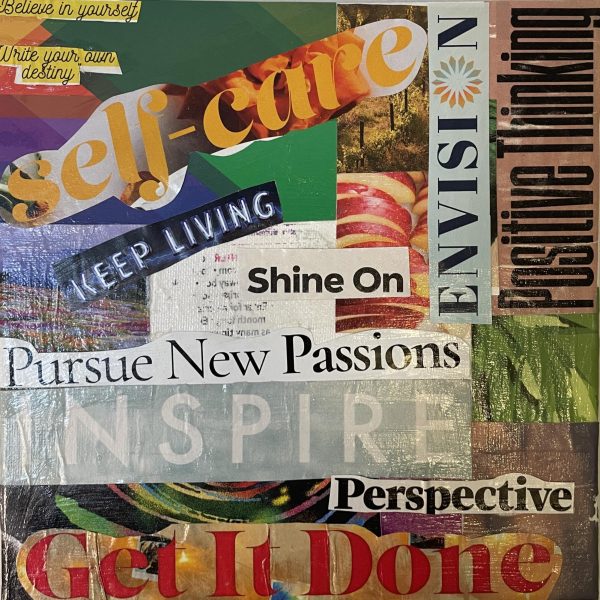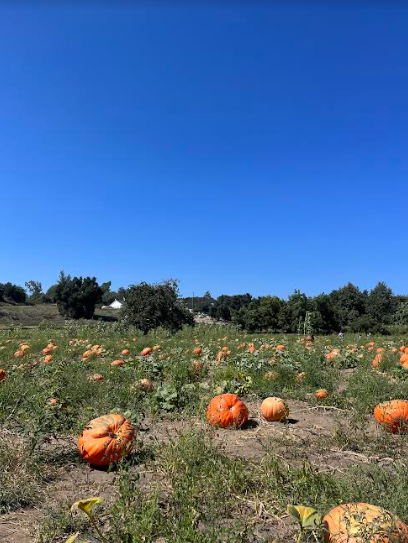The Canyon Crest Academy Writers Conference: Part 1
“I am dorkily excited that there are kids that already recognize that they want to be writers,” keynote speaker Kristin Elizabeth Clark starts the fourth annual Canyon Crest Academy Writers Conference, Saturday Feb. 22nd.
The CCA Writers Club hosted their teen writer’s conference, complete with keynote speakers, workshops, supplied notebooks and a free lunch. Read through for the highlights and schedule for next year to experience yourself the only free teen writer’s convention in the nation.
“Create light when you have the opportunity”
“Freakboy” author talks about why writers must write and facing your critics
First Keynote (Kristin Elizabeth Clark) – Don’t Forget your Helmet
Written by Kate Sequeria
Silence overcame the crowd as the first speaker of the day stepped on stage. Author Kristen Elizabeth Clark nervously thumbed through her notes and then began. She started by bringing up the question, “Why write at all?” sharing the various answers of her author peers: to build compassion, to not feel alone, to make others laugh, because it’s not possible to do anything else. Clark continued to discuss the reasons for writing saying, “The world is a much, much better place with books and the ideas in them.”
She later went on to explain the topic of the workshop: “Don’t Forget Your Helmet! Tackling Controversial Subjects Head-On.” Clark emphasized the importance of taking off the helmet and ignoring the critic inside. As an example she brought up her most recent book, “Freakboy,” explaining her reasoning for taking up such a controversial subject as transgender. “I did not choose my subject; it chose me,” she said. She talked about the importance of writing what you want to write acknowledging various authors such as Laurie Halse Anderson and Ellen Hopkins.
“Expect your first draft to be bad”
“Starters” author describes how to write to thrill the reader.
Second Keynote (Lissa Price)- Write to Thrill
Written by Sophie Peeler
During her session, Lissa Price started off by talking about the fact that authors are often rejected. She said that her first manuscript was never even submitted, but her second one was – and was rejected by six editors. However, at one point in her life, her husband lost his job, and the worry that this brought drove her to try even harder on her manuscript. Eventually, her story was accepted, and her award-winning novel, “Starters,” was born.
“Expect your first draft to be bad; don’t hate it,” Price said.
She then talked about the tools a writer should use when writing a thriller, including cliffhangers, pace, and plot twists. “Any kind of story can use thriller tools,” she said.
Price then gave some more general writing advice, such as using books, movies and music as inspiration, and to write freely with no set rules. “The more you connect with your writing, the better it will be for the readers,” she said.
At the end of her session Price revealed what her biggest thrill was from publishing her first novel. Price received an email from a teenage girl in Brazil, who said that her brother hated reading and his family could not get him to read. However, the girl said that one day she found her brother reading her copy of “Starters,” and since then, he’s been reading more. “When I read that email, I felt really connected to my readers all over the globe,” Price said.
“Almost every story ever written is really based on one of seven plot structures”
“The Queen Geek Social Club” author reveals secrets to writing a bestseller.
(Laura Preble)- Plotting the Bestseller
Written by Sophie Peeler
Through various jokes, stories and references, Laura Preble gave the fundamentals on developing a plot during her session.
First, she talked about the different types of stories. These included: “Rags to Riches,” “Overcoming the Monster,” “The Quest,” “Voyage and Return,” “Comedy,” “Tragedy,” “Rebirth,” and “Mystery.” “This will come as a huge shock to you, but… almost every story ever written is really based on one of seven basic plot structures,” Preble said.
She continued by going through each kind of plot, giving examples and explaining how each one works. At the end, she asked the audience to think for a minute about their own stories, and to try to place their personal stories in one of the plot structures.
Preble finished off the session by showing the audience the plot elements of a story, which start with the set-up and inciting incidents, and end with the falling action and resolution.
“Don’t trust the soccer mom.”
“If I Die Before I Wake” author describes her pitfalls in publishing and the stealth tips she’d learned in the process.
Ara Burkland – “Book Packaging: Sneaking in Publishing’s Side Door”
Written by Kira Elliott
Ara Burkland looked like a typical soccer mom: short fading hair, athletically skinny, with that broad supportive smile. She was nervous, but since there were only five of teenagers in the audience, she quickly relaxed as she started talking. And while her session was called “Book Packaging: Sneaking in Publishing’s Side Door,” she covered so much more.
She discussed finding agents – look in the acknowledgments sections of your favorite novels – as well as the long road to authorhood –it can take up to 10 years to just get a contract. She discussed what makes a good query letter to send to agents, which was a lot more than audience got from the actual visiting literary agents, and pointed them in the direction of some useful resources. For example, Twitter is apparently the center of all communication in the publication world: who knew.
In a way, Burkland sat the prospective writers down and told them everything she could, everything that – as she pointed out – she wished she had been told when she started her own literary journey. In the end, she was far from a typical soccer mom.











